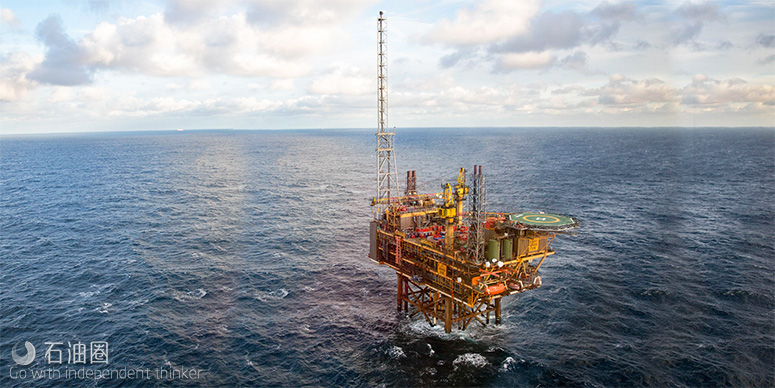Norwegian technology player Electrical Subsea & Drilling (ESD) is developing an alternative to electro-hydraulic blow-out preventer (BOP) controls technology with an all-electric BOP control system, which the company says will significantly improve drilling operations.
Since the 2010 Macondo disaster in the Gulf of Mexico, ESD, led, by a former manager of Houston-based Dril-Quip and Cameron Norway, John Dale, has been working on a BOP concept that it hopes will be a game-changer for drilling safety and efficiency.
“Our aim was to find a solution that would make drilling safer and much more cost-effective,” Dale says.
After Macondo, the US Bureau of Safety & Environmental Enforcement (BSEE) imposed new regulatory requirements on the drilling industry, to be phased in over time.
Some of the new requirements will be difficult to satisfy with current BOP technology, Dale says — cutting, maintenance and testing requirements, for example, as well as stricter regulations governing spare energy, monitoring and override with an underwater vehicle.
There are also requirements related to the well barriers in the BOP stack — dual rams, pipe centralisers and more — that ESD believes it can solve with its electrical BOP development.
Current BOP technology is also stretched to the limit with the demands of ultra-deep high-pressure, high-temperature drilling. The increased BOP stack weight from this development affects drilling rigs, handling equipment and subsea wellhead integrity.
While higher pore pressures at deeper depths are driving the need for a 20,000 psi BOP system, recent regulatory changes will also affect the design.
The BSEE has changed how it calculates the maximum anticipated surface pressure (MASP) and maximum allowable working pressure (MAWP) values. Some wells that have been drilled with 15,000-psi BOP stacks in the past would not have been drilled under the new regulations.
ESD’s electrical BOP can make existing drilling vessels capable of operations in much deeper waters, without major modifications, Dale maintains.
“It will have an improved water depth and design pressure capability, and there will be no release of hydraulic fluid to the environment.
“The core components of our technology are the large electro-mechanical actuators, which are going to be integrated with well barrier utilities and a new control system. The prototypes are designed for a force of 1800 metric tonnes.”
Dale points out that control system failures are the leading cause of BOP malfunction.
“Non-productive time, testing, and repairs of traditional BOPs cost drillers and operators big money,” he says. “One of the potential causes of the non-productive down time of drilling equipment may be the fact that today’s BOP control systems are based on hydraulics technology.”
He continues: “Stops in drilling operations can collectively amount up to a minimum of Nkr5 billion ($590 million) for the major oil and gas companies per year. ESD’s BOP design will reduce downtime and provide condition-based monitoring.”
Prototype tests
ESD claims the system it is developing has potential benefits, such as reduced weight and increased water depth capability, as well as immediate response because there are no delays through subsea hydraulics.
“It also saves space on topsides as there is no surface hydraulic power unit, and an electrical cable instead of umbilicals,” Dale says, adding that the equipment can be retrofitted on current BOPs.
ESD has tested prototypes of the key actuator technology. The next step will be to embark on the engineering for a prototype of a complete BOP concept using electrical actuation and controls designed to reduce costs and improve efficiency.
The equipment will be lighter and use less deck space than existing solutions, the company says.
ESD has also developed a rotating control device (RCD) for use in riser-less drilling systems. This development is sponsored by the Norwegian Research Council and operator Statoil, and is a key technology to facilitate managed pressure drilling.
“With the use of an RCD, which has a significantly longer lifetime than today’s equipment, the drilling riser can be made obsolete,” says Dale.
“This will dramatically reduce cost and space requirements, and will also provide major improvements in the drilling operation, compared with traditional drilling techniques.”
ESD aims to have an RCD completely tested and ready for trials at a rig by the end of 2017. The current prototyping is partly funded by the Norwegian technology fund Demo 2000.
The combination of an electrical BOP and RCD could represent a step-change for the drilling industry, and the major drilling contractors and international operators have taken note, Dale says.
“There are also other operators than Statoil that are prepared to participate in the RCD prototype development.”


 石油圈
石油圈
